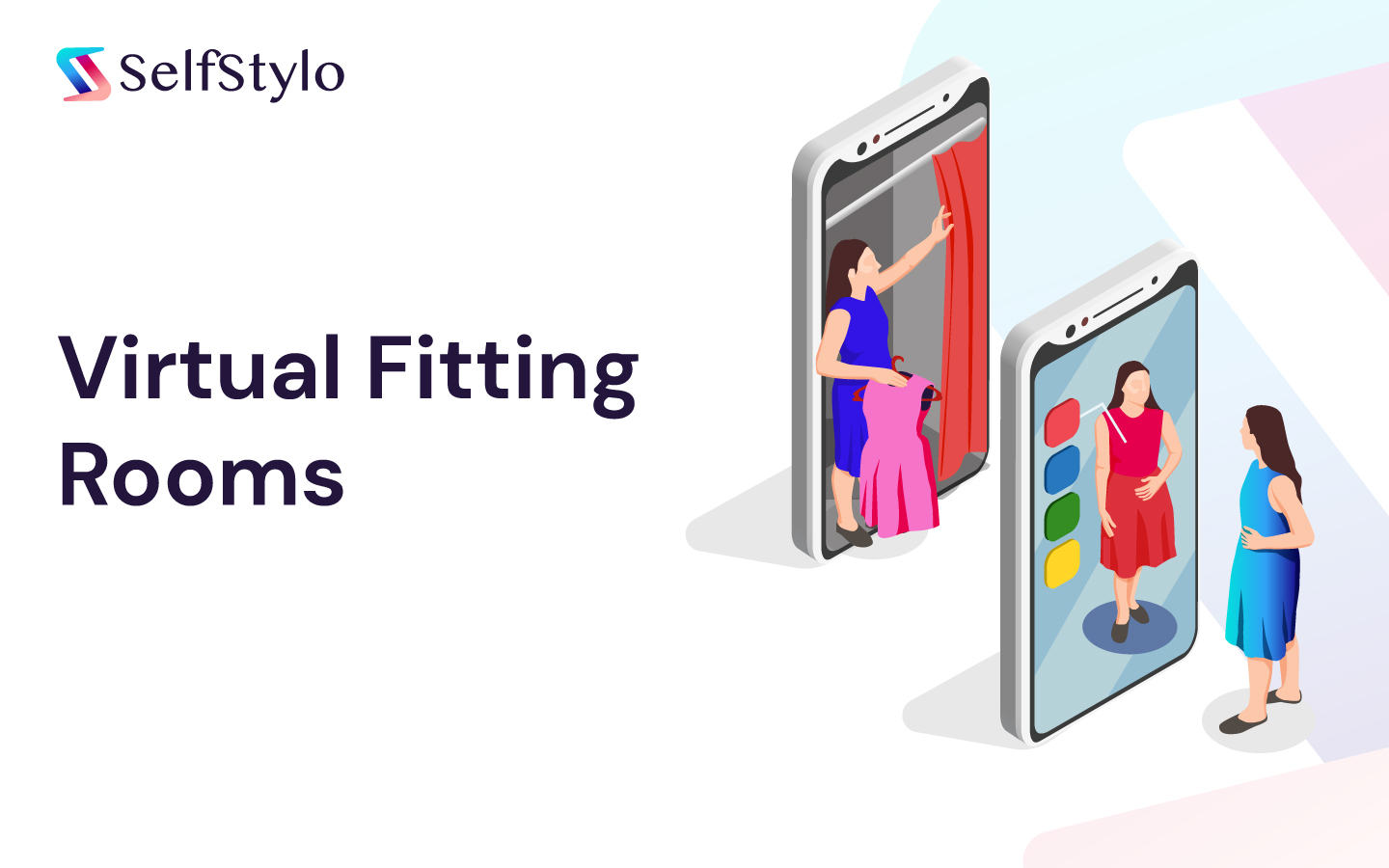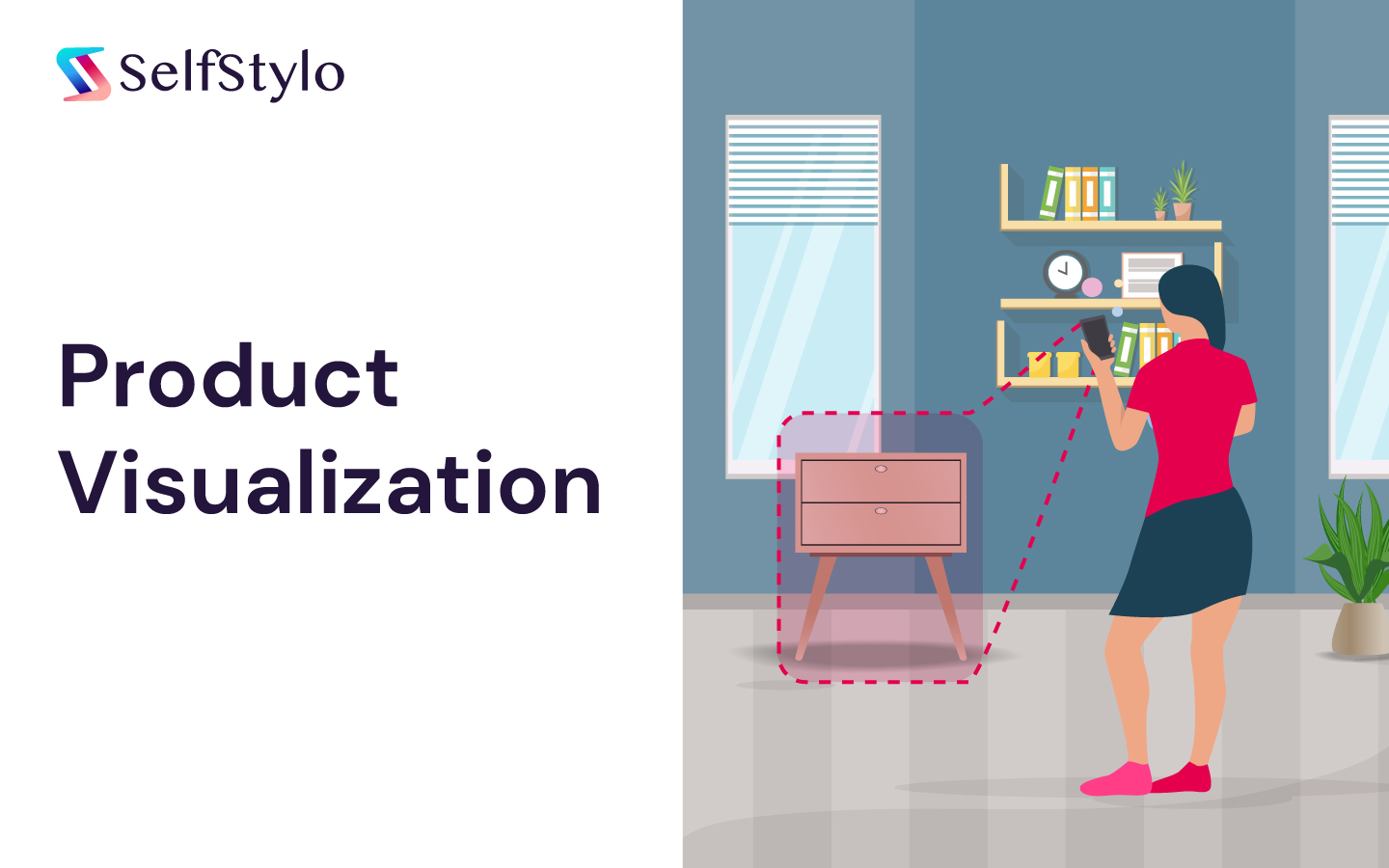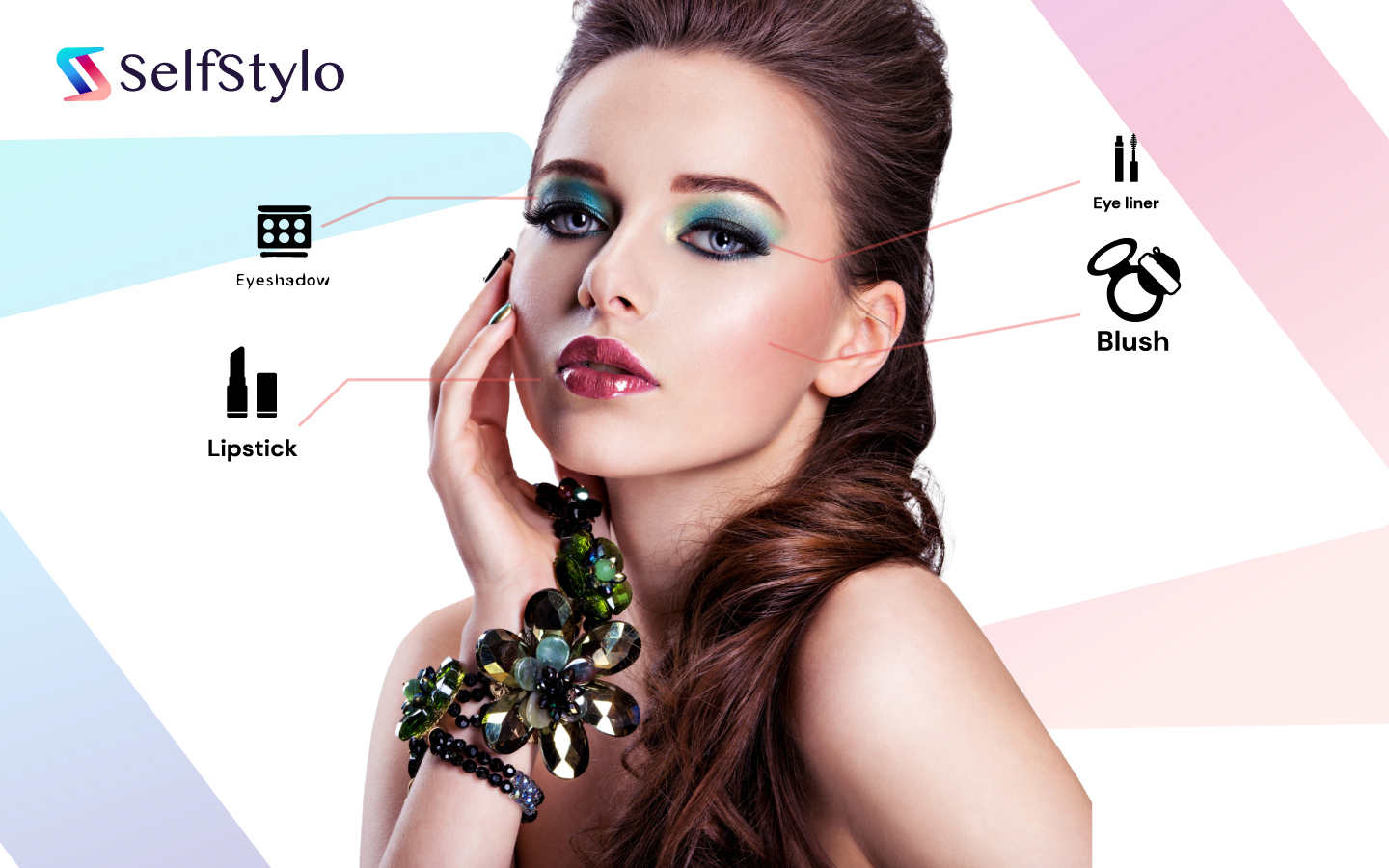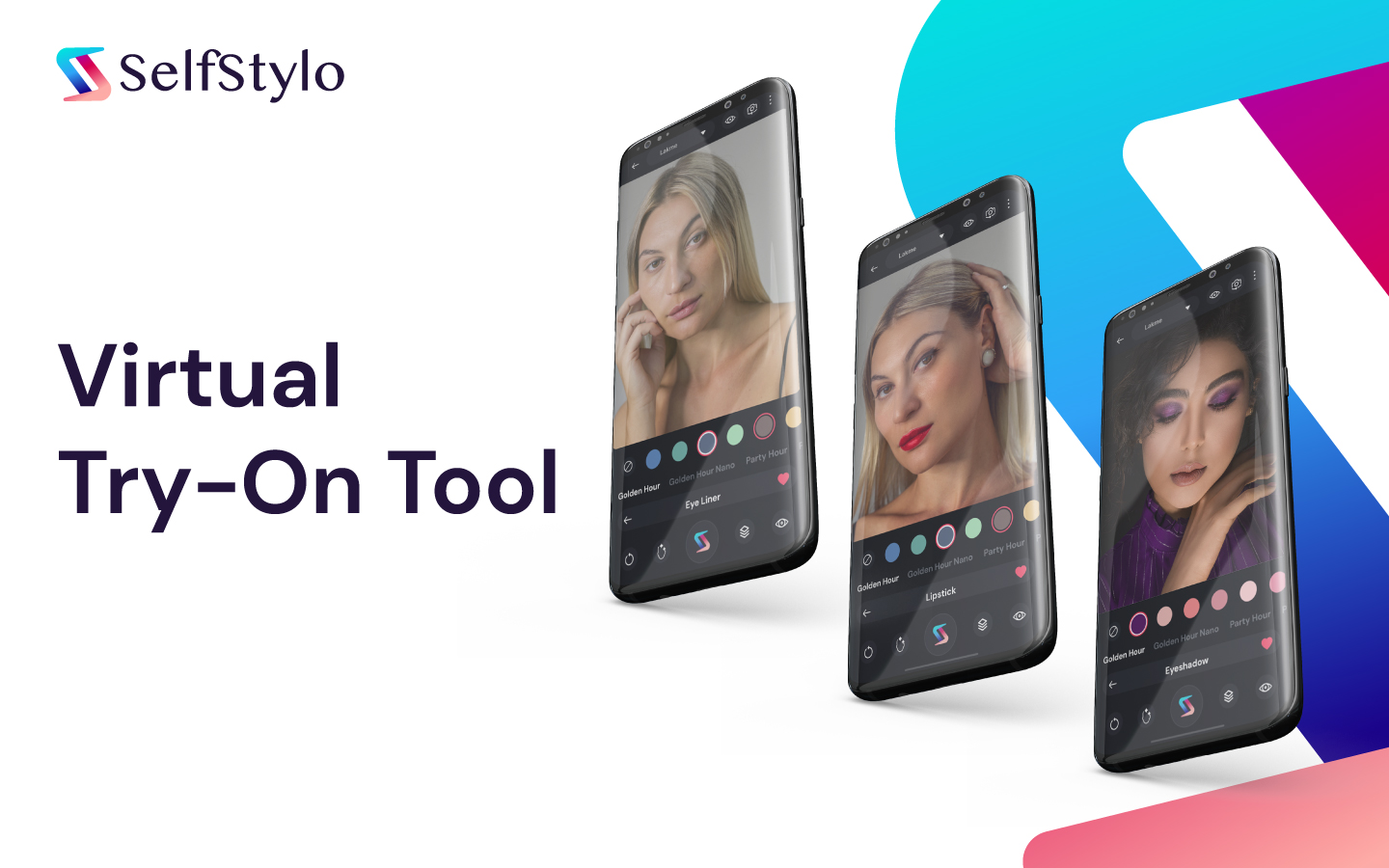AR store experience can set your brand apart from the competition. However, implementing an augmented reality shopping experience in retail is no easy feat, especially for beginners and small business owners. The process can be technical, costly, and downright daunting. One of the biggest challenges of using AR apps is the limited knowledge and resources available to most small business owners.
You may feel like you’re facing a maze of technical jargon and a high cost of entry. Plus, you might be wondering how to measure the success of using AR apps. In this tutorial, we’ll guide you through creating an AR store experience and provide practical solutions to some of the most common pain points you might encounter. Our step-by-step guide will give you all you need to know to create an AR store experience that fits your budget and goals.
So, let’s get started!
What is Augmented Reality?
As an online and brick-and-mortar store owner, you may have noticed that your customers are increasingly glued to their screens. Augmented Reality (AR) in offline retail stores is a way to turn that screen time into store time.
By overlaying digital details onto the physical world, Augmented reality enables consumers to virtually try on clothes, see how furniture would look in their homes, and apply different makeup shades on their faces. In addition, AR allows brands to create a fun and interactive experience that brings customers back to their stores and sets them apart from the competition.
What is Virtual Reality?
Think Augmented Reality and Virtual Reality are the same thing? They’re not. It’s like confusing mascara with lipstick. AR can enhance the customer shopping experience by overlaying digital information in the real world, while VR takes users to a completely virtual environment.
In an offline store, AR can showcase products and create a unique shopping experience, while VR can create immersive experiences, like virtual product demos. By understanding the difference between AR and VR, you can choose the right technology for your store and give customers an experience they’ll never forget.
5 Ways to Use AR in Potential Retail Strategy
Retailers are encountering more challenges than ever before when it comes to enticing and retaining consumers. With so many options available to consumers, capturing their attention and providing them with the personalized and enjoyable shopping experience they crave can be challenging.
Luckily, there’s a solution: leveraging Augmented Reality (AR) in your retail strategy. Different use cases of AR can help solve many of the pain points faced by offline businesses in the retail sector, from low foot traffic to a lack of customer engagement.
Around 71% of customers shop more with brands that integrate AR into the customer’s purchase journey. With use cases of augmented reality in retail and eCommerce, you can create a more immersive, interactive shopping experience that sets your store apart and keeps customers coming back for more.
Here are five ways to use AR in retail strategy:
Contactless Beauty
Customers often avoid trying on clothes in physical stores due to a lack of privacy in fitting rooms. AR solution can help by allowing customers to virtually try on clothes. By using AR smart mirrors or virtual fitting rooms, customers can see how clothes look on them without needing a physical fitting room. Hence, contactless beauty apps increase customer convenience and reduce the need for inventory on the shop floor.

Enhance Product Visualization
Traditional retail displays often struggle to provide customers with a complete picture of what a product will look like in their homes. Customers can visualize how makeup products will look on them using AR features. This can help customers make more informed purchase decisions, increasing the likelihood of a sale.

Bring Products to Life
Some products, such as makeup or skincare, can be challenging to showcase in a traditional retail setting. Augmented reality technology can help by creating interactive product demos and AR displays that showcase features and benefits. For example, a makeup store could use AR to show customers how a particular shade of lipstick would look on their skin tone.
Personalize Shopping Experience
Customers want a personalized shopping experience, and AR applications can help provide just that. By using AR to create customized experiences for customers, such as personalized product recommendations or a virtual stylist, retailers can increase customer satisfaction and loyalty. AR can also be used to collect data on customer preferences and behavior. This, in turn, can provide an engaging retail shopping experience for customers over time.
 Create a Buzz
Create a Buzz
Retailers must differentiate themselves from their competitors, and AR can help do that. By using AR to create unique experiences in-store, such as virtual makeup try-on stations or interactive product demos, retailers can generate buzz and excitement for their brands. This can increase foot traffic, higher sales, and a stronger brand reputation.
By integrating AR into your retail strategy, you can offer a more engaging and personalized shopping experience to your customers, differentiate your brand from competitors, and increase sales. Don’t let your pain points hold you back – embrace the power of AR. If you are confused about how to provide a more immersive shopping experience to customers, contact SelfStylo. Our AR experts will help you transform your offline store.
5 Best Examples of AR and VR in Retail
Gone are the days when customers used to avoid shopping for furniture or makeup products online. The AR tools let customers judge the size of furniture or shade of makeup by bridging the gap between online and offline shopping. If you are still confused about whether you need to adopt AR in the retail experience, here are a few brands acing the race.
- Nike uses AR and VR to let customers scan clothing or shoes to view complete product details.
- IKEA developed The Place App to allow shoppers to place furniture in their homes and visualize its size.
- L’Oréal offers a virtual try-on experience to allow makeup lovers to experiment with different makeup looks.
- Warby Parker uses AR to let customers try on glasses and frames from their homes.
- Burberry has integrated AR in collaboration with Google to offer an in-store shopping experience to online buyers.
Bring AR Experience to Your Offline Retail Business
Augmented reality is a game-changer for offline retailers looking to stay competitive in today’s retail industry. By leveraging the potential of AR technology, retailers can capture customers’ attention, drive sales, and reap the benefits of AR.
However, implementing AR technology can be challenging and costly, especially for small businesses or individuals. That’s where SelfStylo comes in – an easy-to-use and affordable platform that simplifies the process of creating AR experiences.
SelfStylo is a virtual try-on makeup tool that helps retailers create an AR experience that fits their budgets and goals. So, if you’re an offline retailer looking to create an engaging AR store experience for your customers, SelfStylo is the solution you’ve been looking for.


